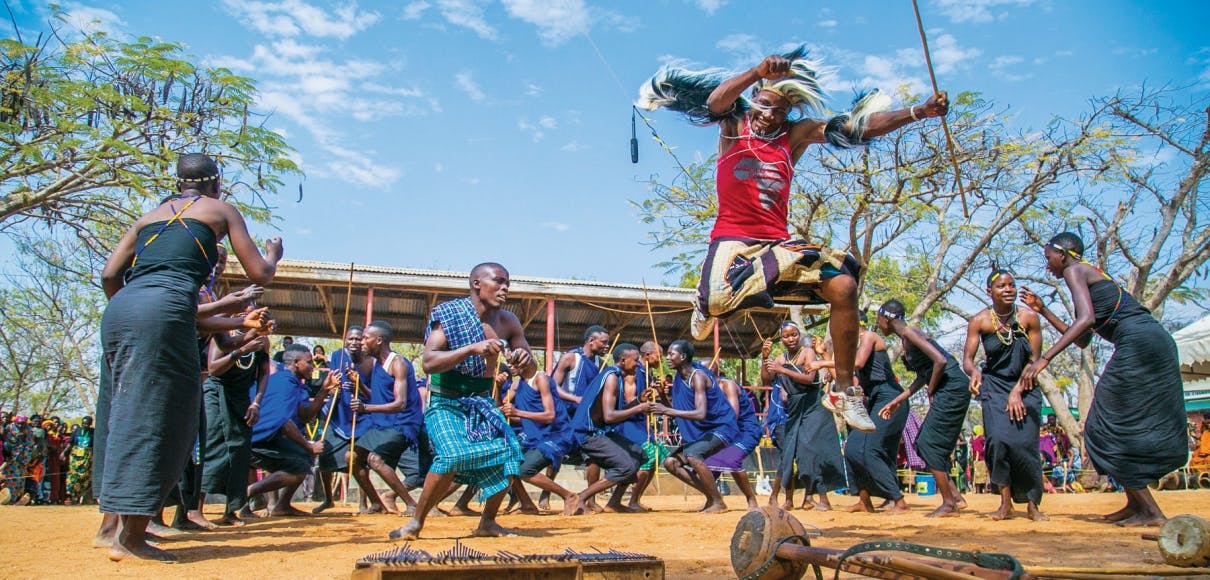This summer, Kedmon Mapana PhD ’13 organized and hosted the 10th annual Chamwino Music Festival in Chamwino, Tanzania.
About 1,200 artists performed and more than 5,000 people attended the festival, Mapana said. Mapana, who studied education at Seattle Pacific, said the event is a way to not just theorize about music cultures, but to impact communities by highlighting those cultures. He also highlights local culture as a way of empowering young Tanzanians. “I like the job of preserving and promoting traditional music,” he said. “It is important for Tanzanian youngsters to know who they are and where they came from.”

Mapana is a senior lecturer and head of the Department of Creative Arts at the University of Dar es Salaam. For his doctoral research at Seattle Pacific, Mapana studied the attitudes of Tanzanian music educators toward incorporating musical traditions in curricula. At graduation, he received the President’s Citation — an award given to one graduate student with high academic standing who exemplifies the SPU mission and vision.
Scholars attend from around the world and the Tanzanian government has taken note, expressing interest in incorporating indigenous music education in primary school classrooms around the country.
Mapana started the Chamwino festival as a way of teaching local culture to young Tanzanians. Now, scholars attend from around the world and the Tanzanian government has taken note, expressing interest in incorporating indigenous music education in primary school classrooms around the country.
When he was a student at SPU, Mapana met education librarian Cindy Strong and asked her to partner with him to start a library in the local secondary school in Chamwino. Cindy and her husband Doug, who is dean of SPU’s School of Theology, led a group of graduate and seminary students in an intercultural ministry class to the Chamwino festival in 2017. Doug said he and the students enjoyed learning from Mapana how the movements, musical instruments, and vocal music interacted to communicate culture. “It’s all integrated,” he said. “It’s all communicating a message and telling a story about culture.”

















